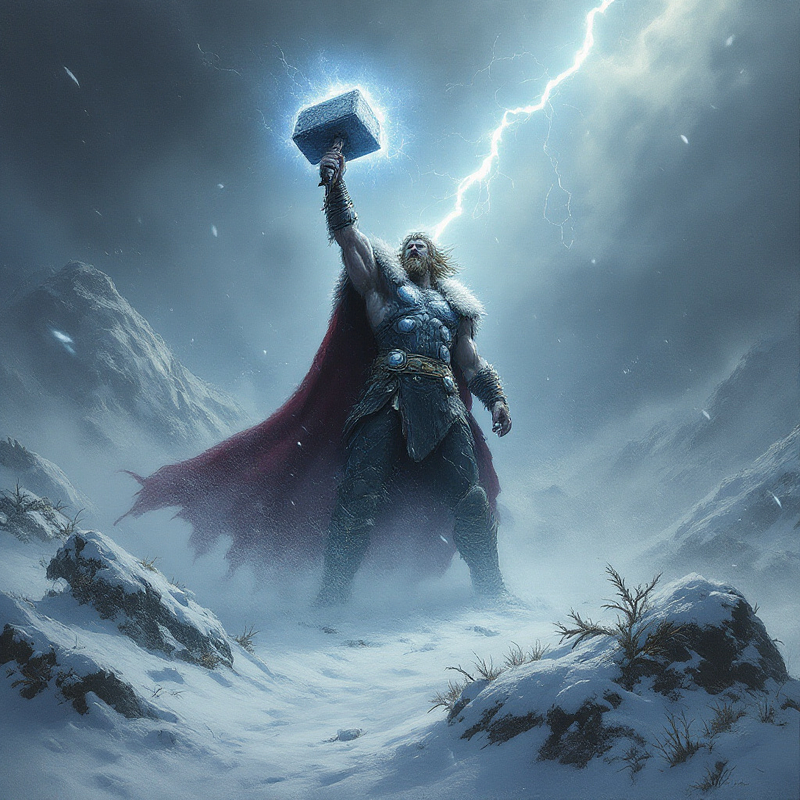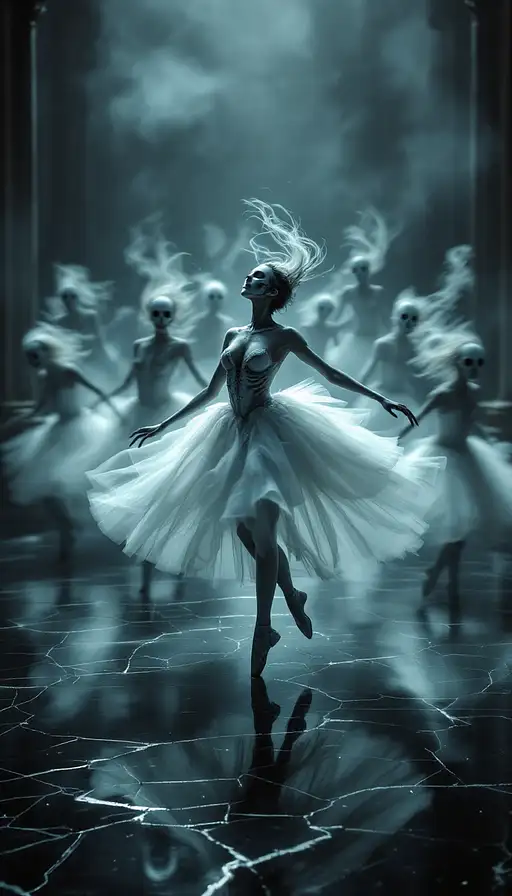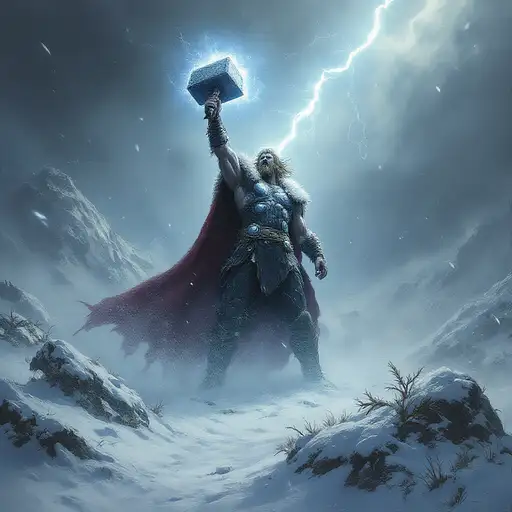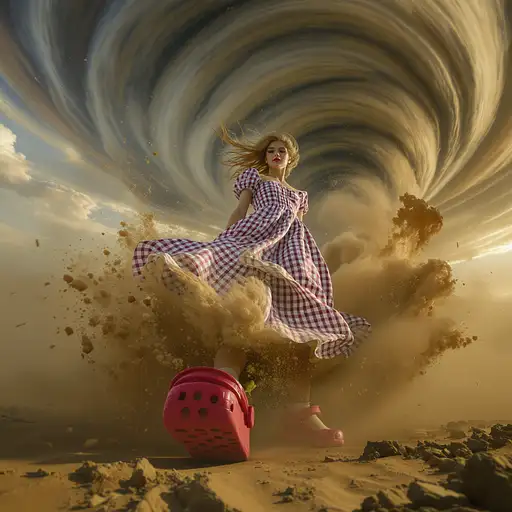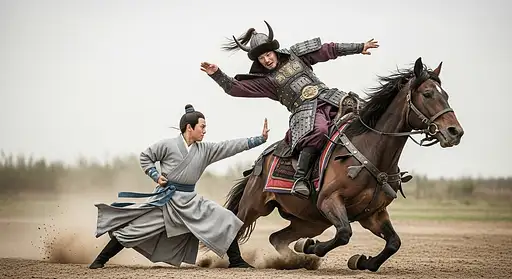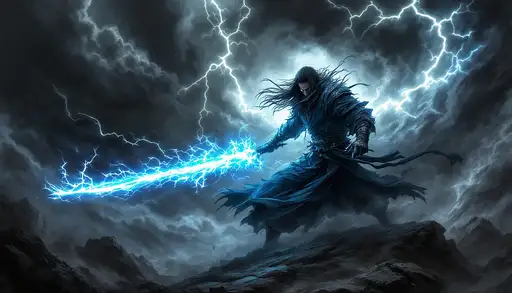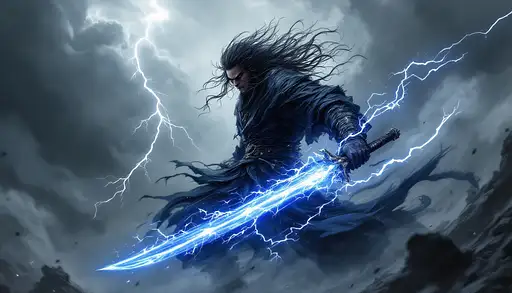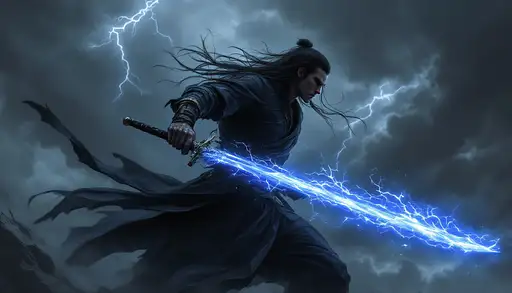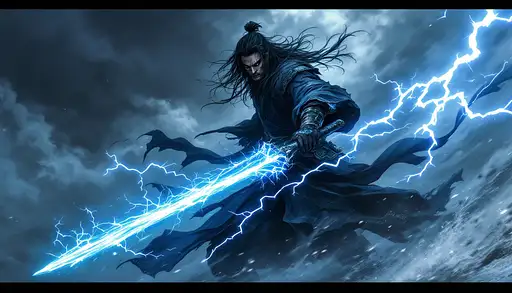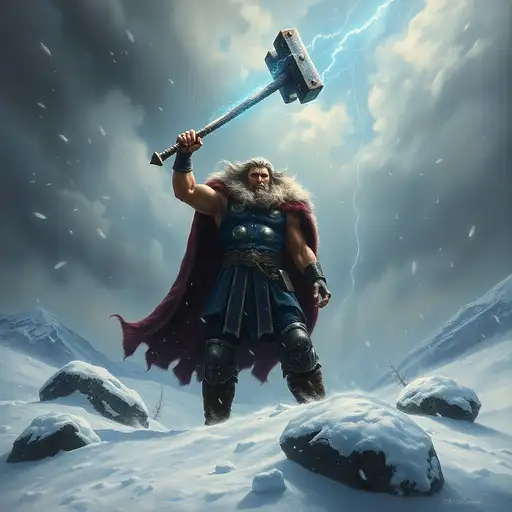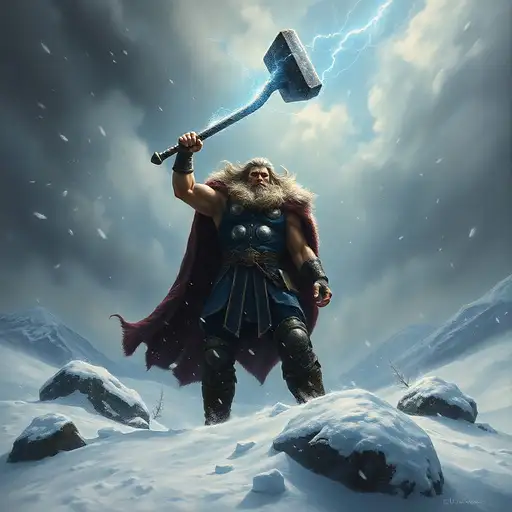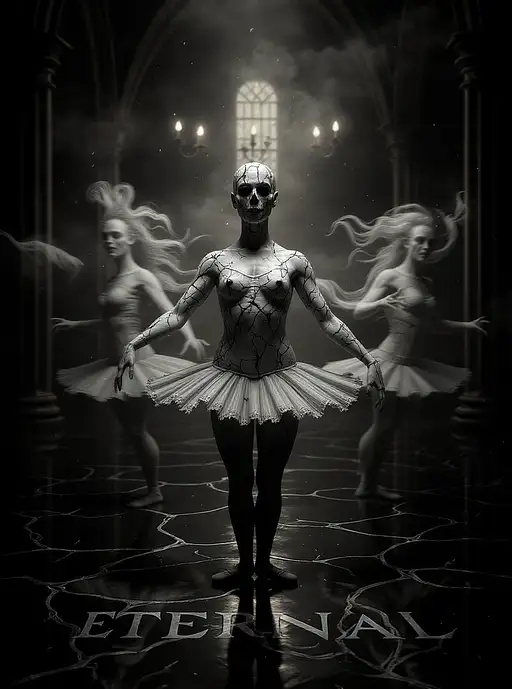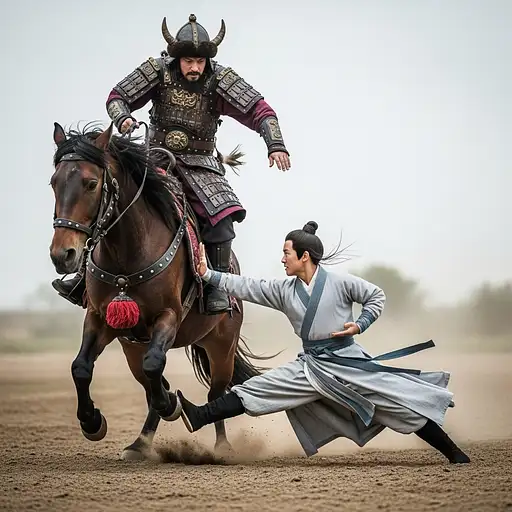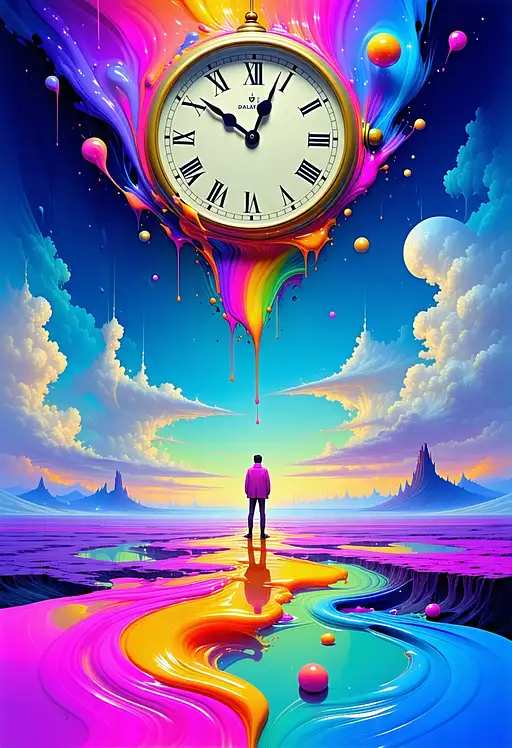
8 months ago
a surreal and psychedelic scene, reminiscent of a Salvador Dali painting, where time and reality are distorted: In an expansive, dreamlike landscape, a clock melts over the edge of a table, defying the laws of physics. The sky above swirls with vibrant, otherworldly colors, blending into an infinite horizon. A figure stands at the center of this scene, their form shifting and changing. Parts of their body transform into various elements – one arm becomes a flowing river, the other a winding vine. Their face is a canvas of shifting expressions, each one reflecting a different aspect of human emotion. Around them, objects float in mid-air, defying gravity. Books open with pages turning into birds, a vintage telephone twists into a spiral, and a chessboard's pieces move on their own. In the background, a cityscape bends and curves like a wave, buildings morphing into surreal shapes. The border between sky and earth blurs, creating a sense of endlessness. In this scene, reality is malleable, and the ordinary becomes extraordinary. It's a visual representation of a mind-bending journey through a world where the impossible becomes possible, and the boundaries of imagination are limitless., moody, unsettling, surreal imagery, macabe, (award winning cinematic shot:1.21), (Kati Horna:1.32) From below, deep in the submerged grotto, a solitary figure stands at the water’s edge, gazing up toward the ascending steps, their expression contemplative and enigmatic. From above, another figure walks up the steps, seemingly unaware of the one below, their face obscured as if caught in a moment between reality and illusion. The water shimmers with an impossible clarity, revealing intricate, otherworldly details beneath the surface—perhaps submerged relics, mysterious symbols, or faint glimpses of an unseen world. The sky above is vast and surreal, with clouds that seem to defy gravity, casting an uncanny glow over the entire composition. The atmosphere is both hyper-detailed, in the style of van Eyck, and eerily mysterious, as if Magritte’s enigmatic vision has bent reality itself.
